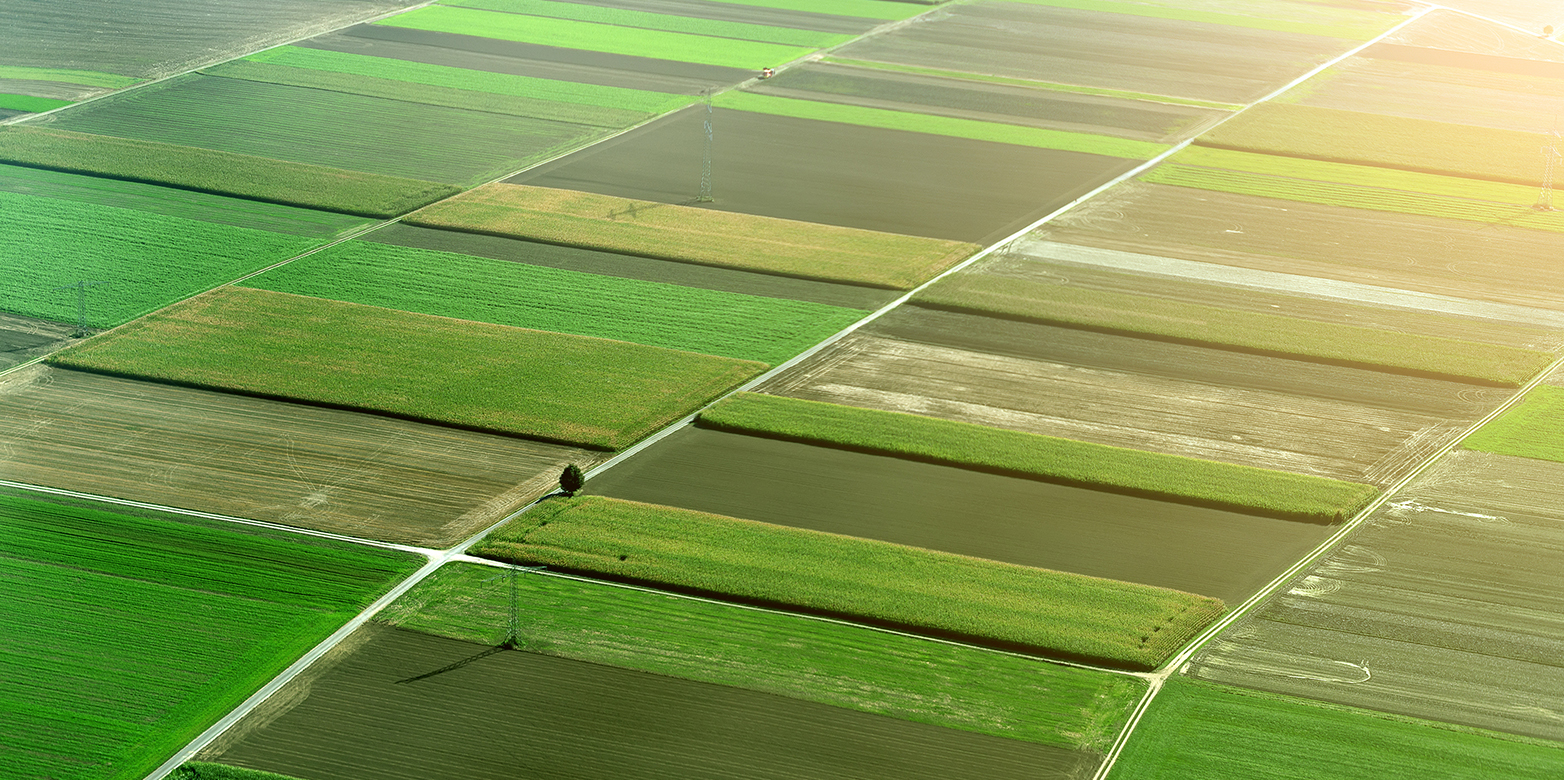A brief history of agriculture
Where and how we cultivate our crops has always been a matter of dispute – and is today more relevant than ever. But there will be no easy answers in the foreseeable future, says Achim Walter.
The Garden of Eden has long since gone. Somewhere in Mesopotamia in the 8th millennium B.C. a cultural and technical revolution took place that presumably formed the context for the biblical fall of mankind1 and still today brings sweat to our brow. In a settlement between the Euphrates and Tigris rivers, somebody came up with the idea of cultivating collected seeds so that they could produce a grain yield. And so began the domestication of useful plants2.
A strenuous symbiosis
Humans changed from hunter-gatherers who, so to speak, helped themselves in the Garden of Eden, to farmers who had committed the sin of behaving rather like God in intervening in the course of nature. It was a transition that bore fruit in the truest sense of the words, yet also created hardship – just as God had ordained.
The planned cultivation of useful plants probably didn’t stem from any conscious desire to create a better society, but was born of necessity2, as the high population density meant that hunting grounds were depleted. Archaeological findings show that the first arable farmers were smaller and less long-lived than the neighbouring clans of hunter-gatherers. Indeed illness and malnutrition were widespread among the farmers.

Striving for the right path
So we can assume that many were critical of the new lifestyle. But in the long term, farming prevailed: the communities of farmers increased faster than those of the hunter-gatherers; cities grew up, crafts and writing evolved. The genomes of plants also developed further through selection: wheat, barley, flax and peas produced larger seedlings, a better yield and fewer bitter substances. This symbiosis and co-evolution also took place in other parts of the world a short time later.
But it would be naive to portray this development as something purely positive. Those involved had to accept the disadvantages too. New diseases sprang up among the people in densely populated areas; diseases also affected the plants. There was overexploitation of the soil and devastation of crops. And ultimately migration, as people fled the impoverished countryside. All this caused conflict – everyone was striving to find the right path, just as today we are fighting about pesticides, prices and productivity.
So where do we stand today?
There are currently conflicting schools of thought, with some advocating a "back to nature" approach, wanting to limit growth, while others prefer to forge on ever faster, believing machine technology or biotechnology is the only way forward3.
I believe there’s truth behind both approaches; but no-one can claim to have the universal answer. It goes without saying that it would be better if no food were wasted and no toxic substances used – but then it would also be better if food were readily available at a fair and affordable price.
Because we have billions of people to feed – every day. And this requires continuity. There are simply too many of us to be able to afford to curb the cultivation of wheat, maize or rice. Which is precisely why experiments are needed: the global problems arising from our mono-cultural mass cultivation are too urgent for us not to try out any solution thoroughly.
What’s in store?
The agricultural systems of the future will be more complex and diverse. We will have to manage them more specifically due to rising disease pressure. And yes, the use of chemicals, soil erosion and compaction, and over-exploitation of water and land must all be reduced!
"Diversity in the field requires diversity of thought." Achim Walter
And while this can be achieved in many cases by a “back to nature” approach, together with less meat and less food waste, there are instances where technology provides the better solution: a more sparing, image-assisted application of less harmful pesticides; new disease-resistant plant varieties; more agroforestry systems with trees and annual crops in the tropics; less fertilizers and pesticides thanks to highly digitised agriculture in Europe. In general, we should intensify agriculture where the soil and cultivation techniques are suitable for the respective crop species, and leave well alone where we should never have extended it – in the rainforests and arid regions of the earth.
Discourse and dialogue are indispensable
Are these solutions? Yes, but in this form they are merely platitudes. How sustainable these paths are depends entirely on how we design them ecologically, economically and socially. The essence of it –and my greatest concern – is to bring all these developments and their conflicting goals into dialogue with each other.
We need tolerance and acceptance to appreciate that in one situation one solution offers advantages, and in another situation, another. Diversity in the field requires diversity of thinking and thorough analysis. We have tasted of the Tree of Knowledge and learned that there are no simple solutions. And so, some 10,000 years ago, we initiated a process that forces us time and again, by the sweat of our brow, to take good care of what is happening next with our nutrition.
Discussing smart farming
ETH Zurich is organising an event on external pageSmart Farming – Was heisst das für die Schweiz?call_made to discuss the future of our agricultural system. Federal Councillor Johann Schneider-Ammann will present his view of smart farming and Professor Achim Walter will inform participants about the latest research. To round off the event, various stakeholders will discuss the face of tomorrow's agriculture.
Friday, 15 June 2018, 7 p.m. to 9 p.m.
ETH Zurich, Hönggerberg Campus, HCI building, Room G3, 8093 Zürich
